City Directories and History: The small community of Ogden, also called Warren, was devastated by the tornado of 2012 when it destroyed many homes and lives.
The Rock Hill Herald reported on July 23, 1885 – “Mr. W.W. Warren, the efficient railroad section master at Fort Mill has begun the erection of a cottage on White Street in Fort Mill, S.C.”
The Yorkville Enquirer of Oct. 29, 1885 – “A negro woman who lives on the plantation of Mr. G. M. Culp, about six miles south of Rock Hill, last Saturday locked her children in the house to go to the field to pick cotton. The house caught on fire and all three children were killed.”
The YK Enquirer reported on Dec. 22, 1886 – “The closing exercises of Ms. Willie Miller’s School were held at Oak Grove Academy last Friday. The school serves children under the age of 13.”
The Yorkville Enquirer reported on Feb. 14, 1894 – “Patrons of the three schools in the Blackjacks are talking about uniting and establishing a graded school at Warrens.”
On Aug. 1, 1894 – “Mr. E.F. Scoggins and O.H. Hahn have re-opened their schools at Antioch and Oak Grove.”
The Herald reported on July 25, 1900 – “The post office on the Southern Railroad known as Warren, has been changed to Odgen.”
The Herald reported on Sept. 29, 1900 – “Mr. R.E. Conrad had his right hand seriously lacerated in the saws of the gin on Mr. J.B. Johnson’s farm at Ogden. He was attended by Dr. W.G. Stevens yesterday.”
The Herald reported on Oct. 15, 1900 – “Ogden has a new gin house, erected by J.B. Johnson of Rock Hill and it will be run by Mr. George (D.) Pearson. The gin began operations on Thursday and they will soon run a telephone line to Ogden from Rock Hill.”
The Herald reported on Aug. 3, 1901 – “The schools at Antioch, Oak Grove and Hickory Grove, all in Bethesda Township all near Odgen have been consolidated and a new school will be built at Ogden. The new building will be 20-40 ft and the building committee consist of: G.D. Pearson, W.H. Dunlap, C.S. Wilson, W.G. Duncan, and J.P.C. Boyd. The school term will be eight months instead of the previous 5 or six months.”
The Herald reported on April 5, 1902 – “The school at Ogden, which has been under the care of Miss Leila Lesslie, closed for the term on Wednesday.”
The Herald reported on July 19, 1902 – “The school now in session at Ogden is flourishing, with 56 students enrolled.”
On Nov. 19, 1902 the Herald reported – “The Ogden School opened Monday with good attendance. Teachers are: Lida Smith and Dargan Smith of Yorkville.”
The Herald reported on Dec. 17, 1902 – “The store of Mr. G.D. Pearson at Ogden was burned Friday along with its contents. The building was owned by Mr. J.B. Johnson.”
The Herald reported on Feb. 18, 1903 – “The storehouse of G.D. Pearson at Odgen is nearing completion. His store and contents were destroyed recently…”
The Herald reported on March 4, 1903 – “The Odgen School, which has been under the efficient care of Ms. Linda Smith and Ms. Dargan Smith, closed a very successful session last Friday. The Smith sisters returned to their home near Yorkville.”
However, it remains an important historic link in the rural community to the history of transportation and commerce from the mid 19th century forward. Though not as large as either Smith’s Turnout or Lewis Turnout (Chester County), the Ogden “Turnout” was a vital stop on the railroad for passengers and commerce. Ogden once boasted of two stores, numerous homes, and a Methodist church. It’s location tied it to the booming cotton belt running from south of Rock Hill to Chester on either side of the railroad.
Traditionally members of the Strait, Neely, Scoggins, Bates, Hollis, and Dunlap families have played a leading role in the Ogden community which is also difficult to historically separate from the Antioch community just west of Ogden. Many of these family members remain in the community but vast numbers have left to begin new professional lives and careers in Rock Hill and elsewhere. One of those who move to Rock Hill was James Dunlap, the father of Rock Hill’s long-term Mayor, Betty Jo Rhea. She has often stated that her father never forgot his family or his close ties to the Ogden community.
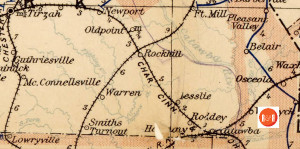
In the post Civil War era, Rock Hill began to economically and politically dominate the upper Piedmont regions of S.C. One of the reasons can clearly be seen viewing the town as a major railroad hub. Postal Map from 1896 – Courtesy of the Un. of N.C. Note the location in 1896, of Ogden or at that time called Warren, it could boast of a P.O.
The Herald reported on March 9, 1914 – The Ogden School has just completed a modern new building which is up to date in every detail. New desk are being installed and other improvements made which will insure added efficiency in the future work of this school. Mrs. Victoria Hollis of Richburg is the principal and Mrs. Louella Foster of Spartanburg is the assistant.
The Herald reported on June 4, 1902 – The School at Ogden will open on Tuesday July 4th. Ms. Lida and Dargan Smith, daughters of Mr. and Mrs. Joe Smith, who live near Yorkville will have charge of the school.”
The Herald reported on Sept. 6, 1902 – “The paper reported on the closing exercises of the Ogden High School last week. About three hundred people attended. Museum was by the Ogden String Band. The school has been conducted by Ms. Lida and Dargan Smith.”
The Rock Hill Record reported on April 12, 1904 – “W.H. Dunlap, Chairman of the Board of Trustees of Ogden School, reported the school currently has fifty scholars. The school has been opened for five months, during this term and will continue for one additional month before summer break.”
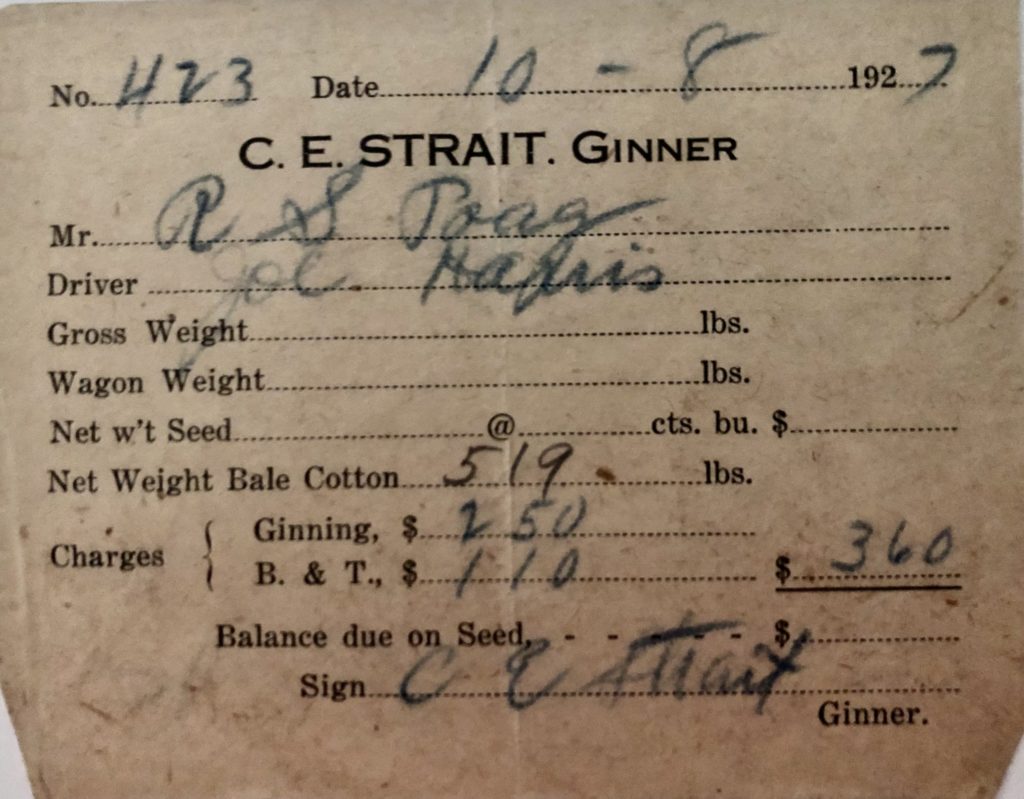
Ginning receipt from C.E. Strait, 10.8.1929 for R.S. Poag (Farm Manager of the Rambo Farm), courtesy of the WU Pettus Archives – 2023
LEILA A. RUSSELL, RURAL SCHOOL SUPERVISOR by Louise Pettus Leila A. Russell, an 1889 Winthrop College graduate, was destined to become one of the college’s most distinguished graduates. Her potential was evident as an undergraduate when she organized the campus YWCA and became its first president. Leila spent several years teaching in Anderson County and then was hired as York County’s first supervisor of rural schools. Soon she was also teaching at Winthrop. She combined the two jobs neatly. Leila Russell was resourceful, creative and very persuasive. Problems abounded but she thrived on the challenge. No student teacher had an automobile (students weren’t even allowed to have cars on campus until 1953). How would they get to the rural schools? Miss Russell arranged for the girls to be placed in country schools on, or near, train depots. Among others, York County schools that fitted the bill were at Blairsville, Catawba Junction, Lesslie, Friendship, Oak Ridge, Hickory Grove, Ebenezer, Ogden, Glendale, Oakley, Smith’s Turnout, Tirzah and Smyrna. Riverside elementary school in Lancaster county was also used. How would the student teachers be housed? Miss Russell found parents who were willing to give the Winthrop students room and board. Many of the regular teachers had never been to college. Miss Russell diplomatically dealt with that problem and saw to it that the regular teacher’s skills were upgraded.
Most of the schools were in terrible condition. How could the money be raised to make needed improvements? Miss Russell had a plan. She organized the parents into clubs and persuaded diem to hold benefits of any kind that would raise money. By 1912 she had persuaded 8 school districts to levy school taxes for improvement of existing facilities and in other cases persuaded communities to build larger and better schools.
She started a newspaper column which was printed weekly in the Yorkville Enquirer. After a paragraph or two of suggestions for improving the schools she added letters from students (having asked the students in each school she visited to send her letters that told what their school was doing). A typical Leila Russell item in the Yorkville Enquirer. “Are you boys and girls making use of the libraries in your schools? And if you have no library in your school can you not manage in some way to raise ten dollars to secure one? Having done this, ask your trustees and Mr. Carroll for ten dollars from the school fund, and Mr. Carroll will see that the state gives you ten, so that you will have thirty dollars to put into good books.”
She promised all the boys and girls who read at least six books to have their name read on County School Day and to have the name published in the Enquirer. She formed the boys into Com. Clubs and the girls into Tomato Clubs and saw that the best ears of com and finest jars of tomatoes were displayed at the county fair. Walter Kerr, an 8th grade student, wrote that before Miss Russell came and talked to the Oak Ridge students that his school was unpainted except for a place that was painted black for a blackboard. There was only one classroom and the little stove could not heat it. Water had to be brought a long distance from a house in the community. Writing in November 1912, Walter said that now that his school was new and built according to one of the Clemson plans. The school was painted white; the windows were screened. A large Old Dominion stove heated the room and they now had a bell, a large maps and a piano…… (Information courtesy of and from: YCGHS – The Quarterly Magazine)
Note the 1927 Sanborn Maps on display are divided into the four quadrants created by the crossing of the railroad and Highway 324.
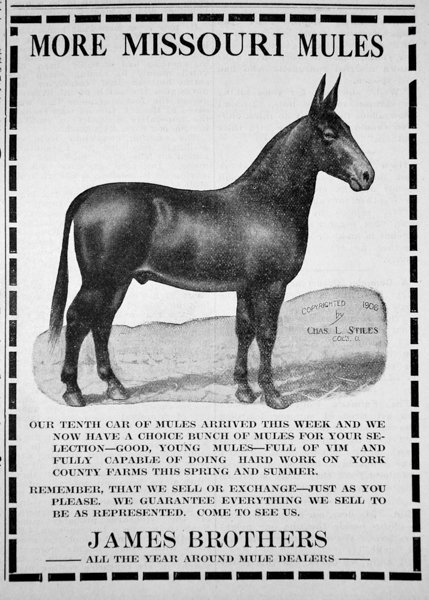
The ownership of a number of good mules would have been extremely important to the productivity of the farms in the blackjack area around Odgen.
Open the MORE INFORMATION link (found under the primary picture), to view an enlargeable, 1896 Postal Map of York County, S.C.
***The RH Record reported on March 15, 1904 – “That the home of M.J. Steele in the Ogden Community barely escaped being destroyed by fire a few day ago. Mrs. Steele set a wooden box with ashes from stove under it, and forgot it. It burned a hole in floor but Mr. Steele found the fire and extinguished it.”
The Rock Hill Record reported on Sept. 5, 1907 – New From Ogden – “Mr. J.H. Campbell is remodeling his house. The Ogden School will also close Thursday of this week.”
Stay Connected
Explore history, houses, and stories across S.C. Your membership provides you with updates on regional topics, information on historic research, preservation, and monthly feature articles. But remember R&R wants to hear from you and assist in preserving your own family genealogy and memorabilia.
Visit the Southern Queries – Forum to receive assistance in answering questions, discuss genealogy, and enjoy exploring preservation topics with other members. Also listed are several history and genealogical researchers for hire.
User comments welcome — post at the bottom of this page.
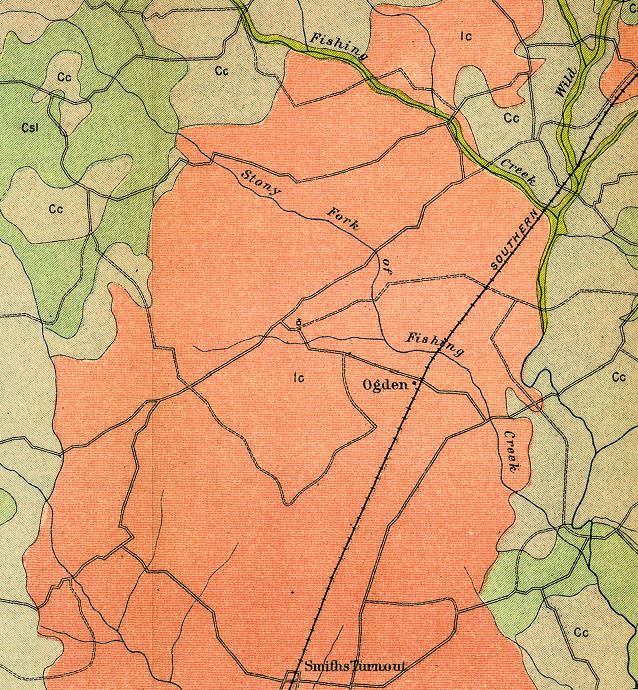
1905 Map showing the rich “Black Jack” area stretching south of Rock Hill along the railroad toward Brattonsville and Chester. It remains one of the most productive areas of cotton culture in the region.
Please enjoy this structure and all those listed in Roots and Recall. But remember each is private property. So view them from a distance or from a public area such as the sidewalk or public road.
Do you have information to share and preserve? Family, school, church, or other older photos and stories are welcome. Send them digitally through the “Share Your Story” link, so they too might be posted on Roots and Recall.
Finally systematically went through all the Steeles in my tree and found a likely candidate in Mulford J. Steele who lived with his family in Bethesda in 1900 and 1910 censuses. I do not know just where in Bethesda the Mulford J. Steele family lived. He and Martha Ellen had at least four children (untraced).
I see in the 1910 census that MJ & family lived only a couple doors away from his parents in 1910. His parents must have lived somewhere not too far from Mount Holly Meth. Church as that was their home church and burial ground. But that wouldn’t be in Ogden community. So that is still a puzzle. M.J. was one of seven children. His grandfather was James Foreman Steele and his great-grandfather was Archibald “Archie” Steele (1788-1865) of Smith’s Turnout (my own GGG grandfather). Joseph Steele 1760-1795, Revolutionary soldier, was MJ’s GG grandfather.
Mulford Johnson Steele
Gender: Male
Race: White
Birth Date: 5 May 1884
Birth Place: South Carolina, United States
Residence: Gastonia, Gaston, North Carolina
Death Date: 15 Jul 1966
Age: 82
Death Place: Gastonia, Gaston, North Carolina, USA
Spouse: Martha Ellen Warlick Steele
Father: Strutton Edward Steele
Mother: Mary Ashcraft Steele
My Steeles lived in the areas of Smith’s Turnout before my G-G GF George E.M. Steele moved to other locations like Allison Creek (at marriage) and lastly Rock Hill. Taylors Creek and Tools Fork were other locations associated with my earlier family. (Information contributed to R&R by Dan Troublefield – 2016)
User comments always welcome - please post at the bottom of this page.
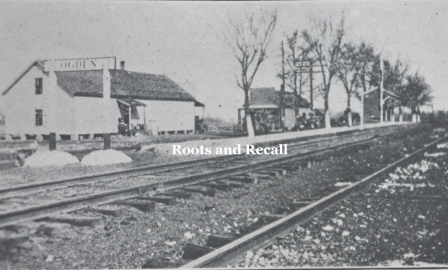
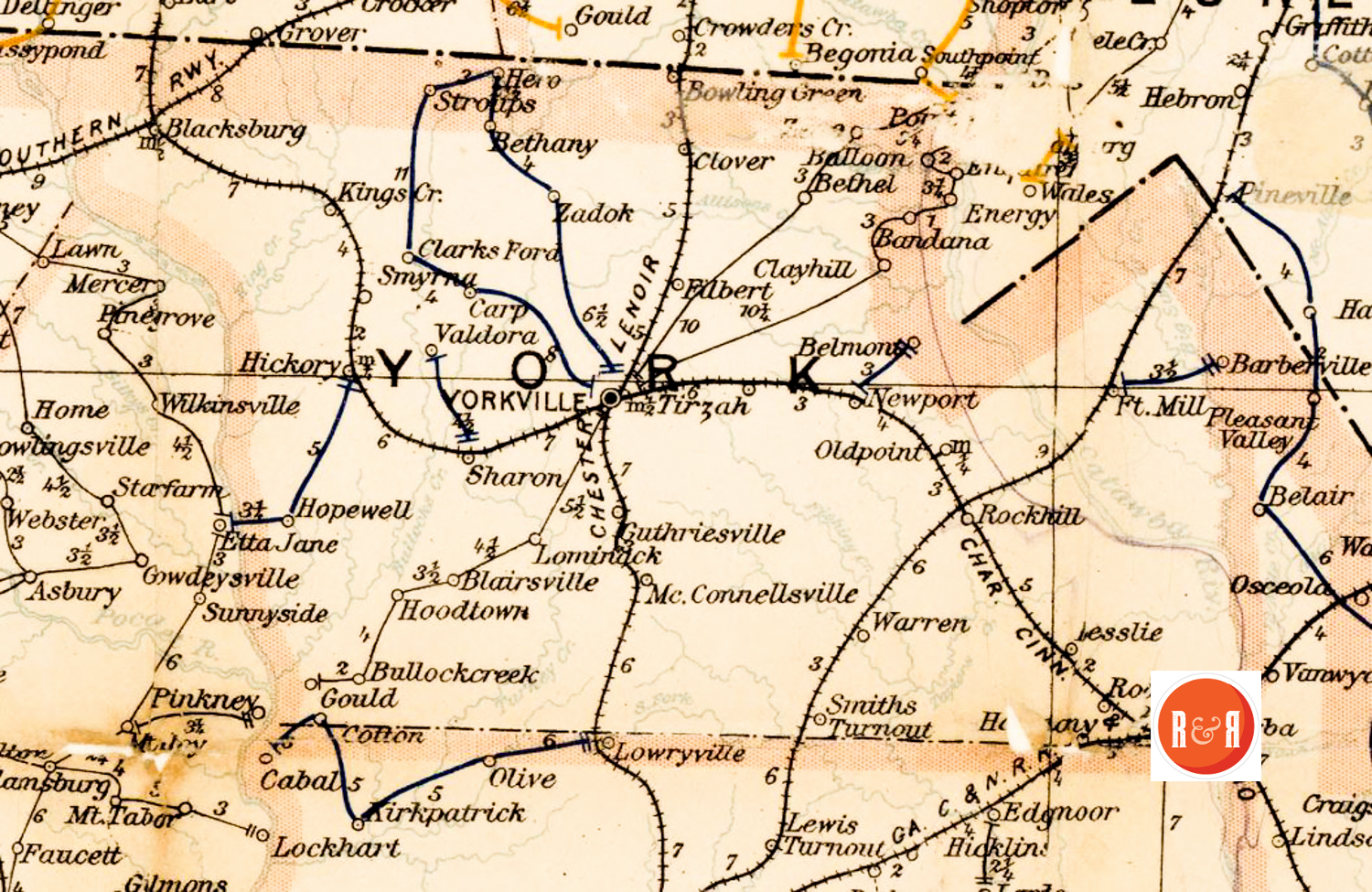
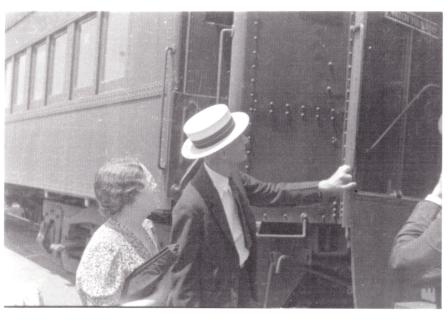
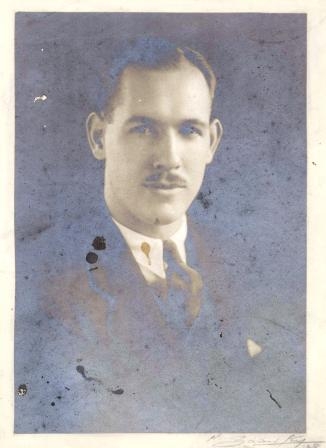
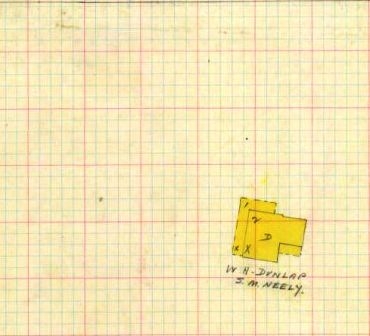
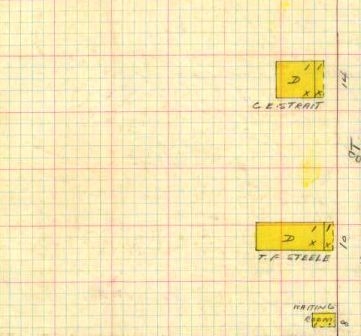
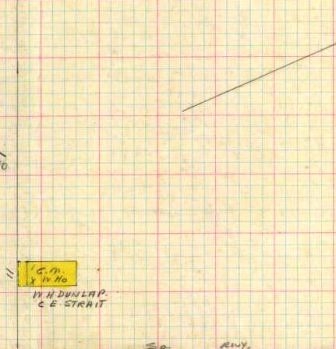
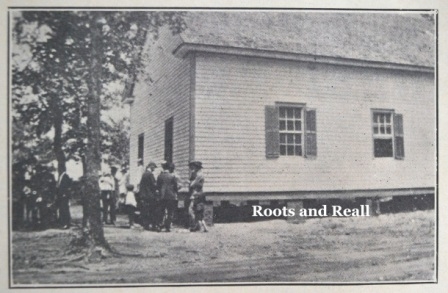
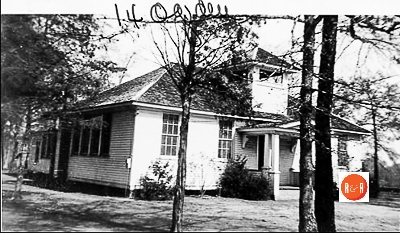
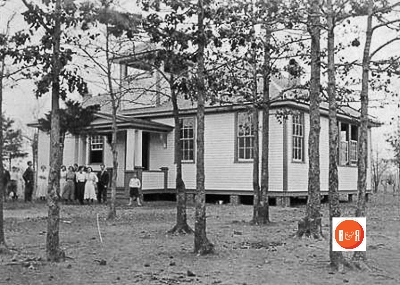
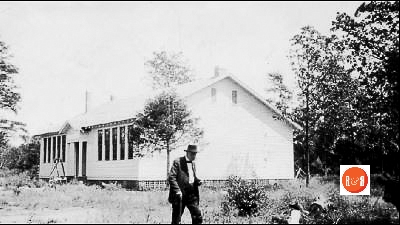
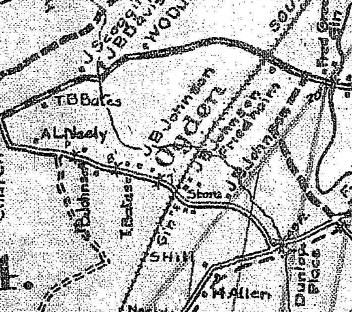


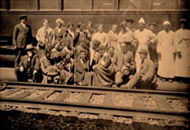
Share Your Comments & Feedback: